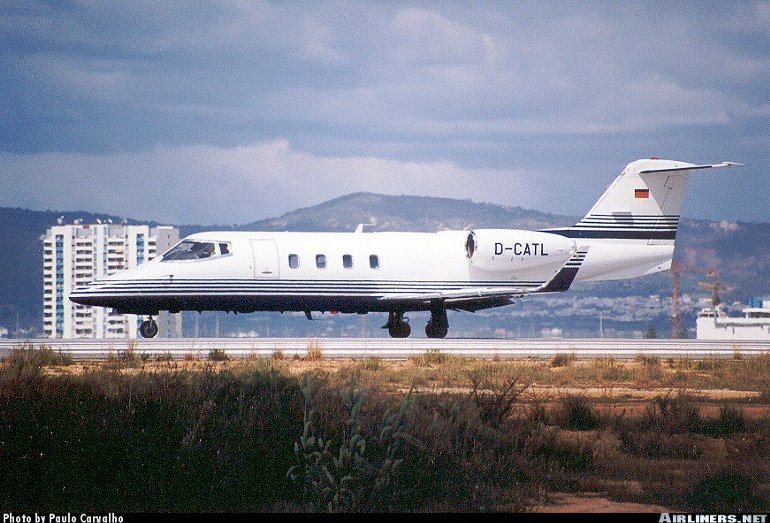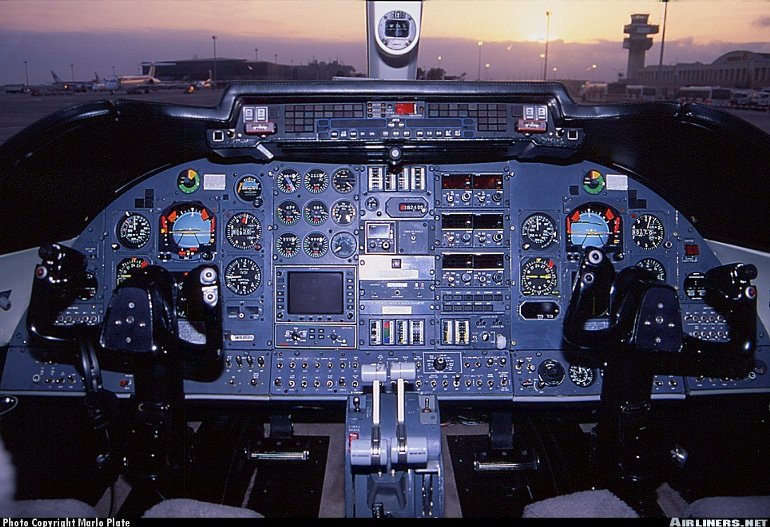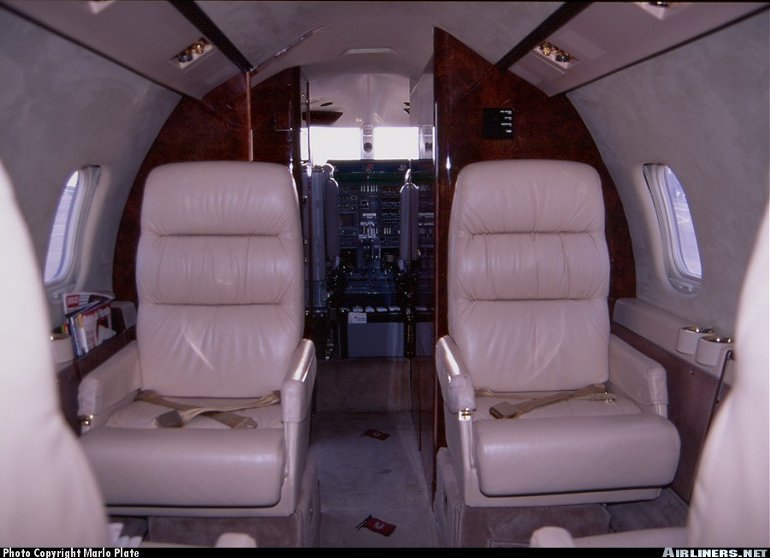Aircraft Technical Data
Bombardier Learjet 55 & 60



| Details | |
| Country of Origin | United States of America |
| Type | Mid size corporate jets |
| History | The Learjet 55 and its followon successor, the Learjet 60, are the largest members of the Learjet family, and date back to development work undertaken in the late 1970s. In designing the 55, Learjet (or Gates Learjet as the company was then known as) took the wing of the earlier Longhorn 28/29 series and married it to an all new larger 10 seat fuselage. The original Model 55 Longhorn prototype first flew on November 15 1979. The first production aircraft meanwhile flew on August 11 1980, with the first delivered in late April 1981 (after FAA certification was granted in March that year). Development of the 55 led to a number of sub variants, including the 55B which introduced a digital flightdeck, modified wings, improved interior, and most importantly, the previous optional higher takeoff weights becoming standard. The 55C introduced `Delta Fins' which gave a number of performance and handling advantages, the 55C/ER is an extended range version with additional fuel in the tail cone (the additional tank can be retrofitted to earlier aircraft), while the 55C/LR introduced more fuel capacity. The improved Learjet 60 first flew in its basic definitive form in June 1991 (the modified Learjet 55 prototype earlier served as a proof of concept aircraft for the 60 with Garrett engines). It differs from the 55 in having a 1.09m (43in) fuselage stretch and new Pratt & Whitney Canada PW305 turbofans. Certification of the 60 was awarded in January 1993, with first deliveries following shortly afterwards. International Directory of Civil Aircraft |
| Powerplants | 55 - Two 16.5kN (3700lb) Garrett TFE7313A2B turbofans. 60 - Two 20.5kN (4600lb) Pratt & Whitney Canada PW305A turbofans. |
| Performance | 55C - Max speed 884km/h (477kt), max cruising speed 843km/h (455kt), economical cruising speed 778km/h (420kt). Service ceiling 51,000ft. Range with two crew, four passengers and reserves 4442km (2397nm) for 55C/LR. 60 - High cruising speed 839km/h (453kt), normal cruising speed 828km/h (447kt), long range cruising speed 778km/h (420kt). Max certificated altitude 51,000ft. Range with two crew, four passengers and IFR reserves 4461km (2409nm). |
| Weights | 55C - Empty 5832kg (12,858lb), operating empty 6013kg (13,258lb), max takeoff 9525-9752kg (21,000-21,500lb). 60 - Empty 6282kg (13,850lb), basic operating empty 6641kg (14,640lb), max takeoff 10,659kg (23,500lb). |
| Dimensions | 55 & 60 - Wing span 13.34m (43ft 9in), length 16.79m (55ft 1in), height 4.47m (14ft 8in). Wing area 24.6m2 (264.5sq ft). |
| Capacity | 55 - Flightcrew of two. Six different main cabin arrangements offered with seating ranging from four to eight. 60 - Flightcrew of two. Optional seating arrangements for six to nine passengers. |
| Production | Production of the Model 55 ceased in 1990 after 147 had been built. 141 55s in service at late 1998. Deliveries of Model 60 began in January 1993, with more than 130 delivered by late 1998. |
| Related Links | Bombardier Learjet 55 & 60 |
The backbone of this section is from the The International Directory of Civil Aircraft by Gerard Frawley and used with permission. To get your own copy of the book click here. |
|








